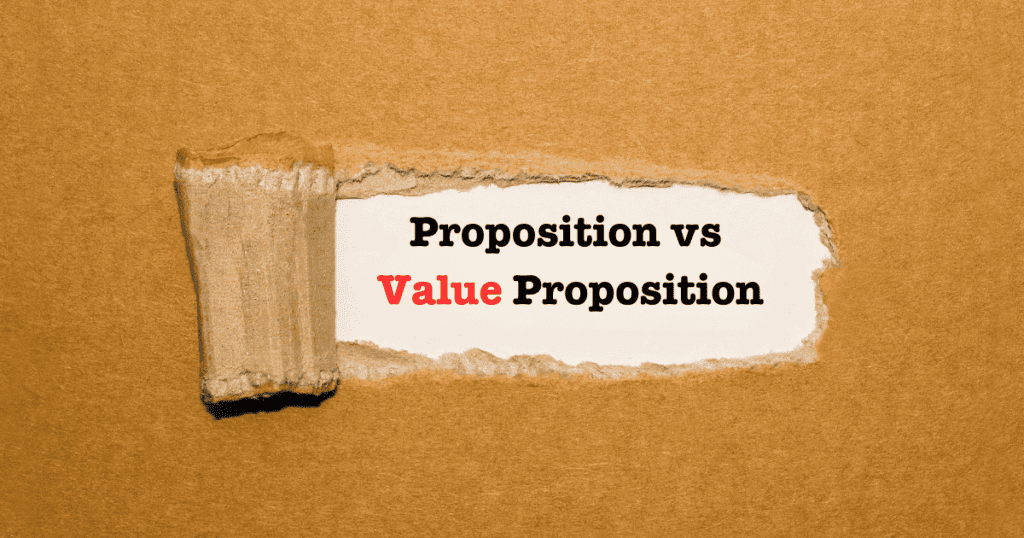When I first started out in the marketing communications game (yes, it was a very long time ago), I was taught that a ‘proposition’ was the single most important thing we wanted to say in any communication. A single idea or thought that we must communicate to the audience above anything else. It needed to be simple and completely single minded.
That’s because (and yes, here I am banging on about this yet again), it’s a very noisy marketplace out there, whoever you are and whatever you’re selling. We’re exposed to a gazillion (nobody knows the number) brand and marketing messages every single day, so we’ve got to do something to grab attention.
You don’t grab attention by listing benefits.
You can sell benefits once you’ve got their attention. It doesn’t work the other way around.
In the words of Bill Bernbach, “You can’t sell a man who isn’t listening”.
A single-minded proposition, in the hands of a talented creative, is the flashbulb moment that makes the audience look.
When we’re writing a creative brief, we focus on the proposition. Everything in that brief should point towards that proposition, providing justification and support for it.
So, what’s a value proposition?
A value proposition refers to the promised tangible or intangible benefit that a customer will receive upon purchasing and using a product or service. It’s the answer to “Why should I buy this?”
But it’s not a single thing.
Think of it as a smorgasbord of benefits, reasons, and emotional connections that a brand offers. The full menu.
On the other hand, the single-minded proposition is like the chef’s signature dish. It’s that ONE key message or thought you want the audience to remember after all the noise has faded.
It’s distilled, pure, and often emotive.
Huh?
OK, here’s a made-up example. Take a typical Swiss Army Knife . The value proposition (remember I’m making this up) might be:
- The original and best, made from the highest quality materials
- Lifetime guarantee for our quality of material and workmanship
- Versatile, innovative functionality
- Precision engineering, smooth action, durable tools
- Iconic, inspiring design, renowned and adored all over the world
- Often copied, never bettered
Something like that anyway.
On the other hand, the single-minded proposition might be:
With a Swiss Army Knife, you’re leaving nothing to chance.
There’s a clear difference – features and benefits make up the value proposition. When you put them all together there’s a strong case to buy the product. But the Single-Minded Proposition (SMP) is a really focused message to market that grabs attention in the first place, and makes you want to find out more.
All clear?
Can a brand have both?
Absolutely, 100%. In fact, most strong brands do. The value proposition is the overarching promise, the whole picture. The SMP is the unforgettable brush stroke that makes that picture memorable.
I do love an analogy.
So, when is one more appropriate than the other?
Now that’s a good question. Think about it like this.
When awareness of your product or service is low, when you’re talking to a new audience, when you’re launching a new product, that’s when you really need to grab attention. That’s when you’ve got to lead with your SMP.
Remember in a competitive market (and what market isn’t?) there’s a hell of a lot of noise to cut through.
And that means you’ve got to be single-minded and you’ve got to keep it simple.
But once you start to cultivate customer relationships, having deeper conversations, then you can begin to use the value proposition (VP). You might not use all of it at once, you may be in position to only use what’s relevant to your potential customer (if you can identify what that is).
When you’re having a conversation about your proposition, make sure you know which proposition you’re talking about, and what you’re using it for.
Both play an important, but different role.
Like the Swiss Army Knife, it’s great to have the full set of tools at your disposal.
But to get cut through, you need to know which blade to use.


